Top 12 Collaborative Whiteboard Apps for Unlocking Team Genius in 2025
Discover the best collaborative whiteboard apps for seamless teamwork and brainstorming in 2025. Boost productivity with top-rated tools today!
Remember brainstorming sessions with the intoxicating scent of dry-erase markers? It was fun until someone accidentally wiped away the million-dollar idea. While we miss the marker fumes (kinda), today's hybrid and remote teams need something better. Enter collaborative whiteboard apps. These digital playgrounds are more than just a place to doodle; they are powerful hubs for turning chaotic brainstorming sessions into brilliant, actionable strategies. But with a zillion options out there, which one won't make your team want to throw their laptops out the window?
Are you a scrappy startup needing a free, all-in-one solution, or an enterprise team that dreams in agile workflows? We’ve sifted through the noise, analyzing the features, pricing, and who these platforms are really for. Finding your team's digital canvas is a key part of building out your stack of top remote collaboration tools. Let's find the perfect fit to boost your team's creativity without adding yet another bill to the pile.
1. Online Whiteboard: Free Digital Whiteboard for Drawing & Note Taking — Zemith
Zemith’s Online Whiteboard is the dark horse in the race of collaborative whiteboard apps, and it’s pulling ahead for one simple reason: it’s not just a whiteboard. It’s the creative core of a comprehensive AI workspace. Designed for teams who are tired of switching between ten different tabs to get one thing done, Zemith transforms the whiteboard from a static canvas into an intelligent, actionable hub for your entire workflow. This isn't just about efficiency; it's about keeping your creative momentum flowing.
Unlike standalone apps that trap your ideas, Zemith’s whiteboard is built to sync with its suite of AI-powered tools. That's its superpower. Imagine sketching a user flow and instantly converting your scribbles into a structured project plan in the adjacent AI document. No more exporting, importing, or losing brilliant ideas in translation. This deep integration saves you time and the headache of piecing together a disjointed workflow.
Key Features and Use Cases
- Deep AI Workspace Integration: The whiteboard is the heart of Zemith's ecosystem. Drag and drop AI-generated images, link directly to project docs, and collaborate on notes, all in one unified space. It's like having your entire office on one screen, minus the messy desk and coffee stains. This makes it an incredibly actionable tool.
- Real-time Live Mode: Zemith's Live Mode delivers a buttery-smooth, lag-free experience. Multiple people can draw, write, and drop sticky notes at the same time, making virtual brainstorming feel as energetic and chaotic (in a good way) as the real thing.
- Versatile Toolset: Whether you're doing freeform sketching, detailed diagramming, or structured note-taking, the platform has you covered. It's a Swiss Army knife for UX/UI wireframing, strategic planning, and even teaching.
Access and Pricing
- Availability: Fully browser-based. Just open a tab and go. No downloads, no fuss.
- Pricing: The best part? The core whiteboard is completely free. You get powerful collaboration features without paying a dime.
Our Takeaway: Zemith's Online Whiteboard is more than a digital canvas; it’s a productivity launchpad. Its real magic is the seamless integration within its AI workspace, making it the top choice for teams who want to connect their creative sparks directly to their project engine. It perfectly complements other productivity tools, like the best note-taking apps available, by centralizing your work.
Pros:
- Seamless integration within Zemith’s all-in-one AI workspace for an actionable workflow.
- Real-time "Live Mode" keeps team energy high.
- Browser-based and free to use, making it accessible to everyone.
- Part of a comprehensive AI ecosystem designed for modern productivity.
Cons:
- You'll need a stable internet connection for the magic to happen.
- If you're new to all-in-one AI tools, there might be a small (but worthwhile) learning curve.
Learn more at Zemith.com
2. Miro
Miro is the heavyweight champion in the collaborative whiteboard apps arena, serving as a massive digital workspace for teams of all sizes. It goes way beyond basic brainstorming, supporting complex projects like full-cycle product development and intense agile ceremonies. Its infinite canvas is a true playground for innovation, backed by one of the biggest template libraries you'll ever see.
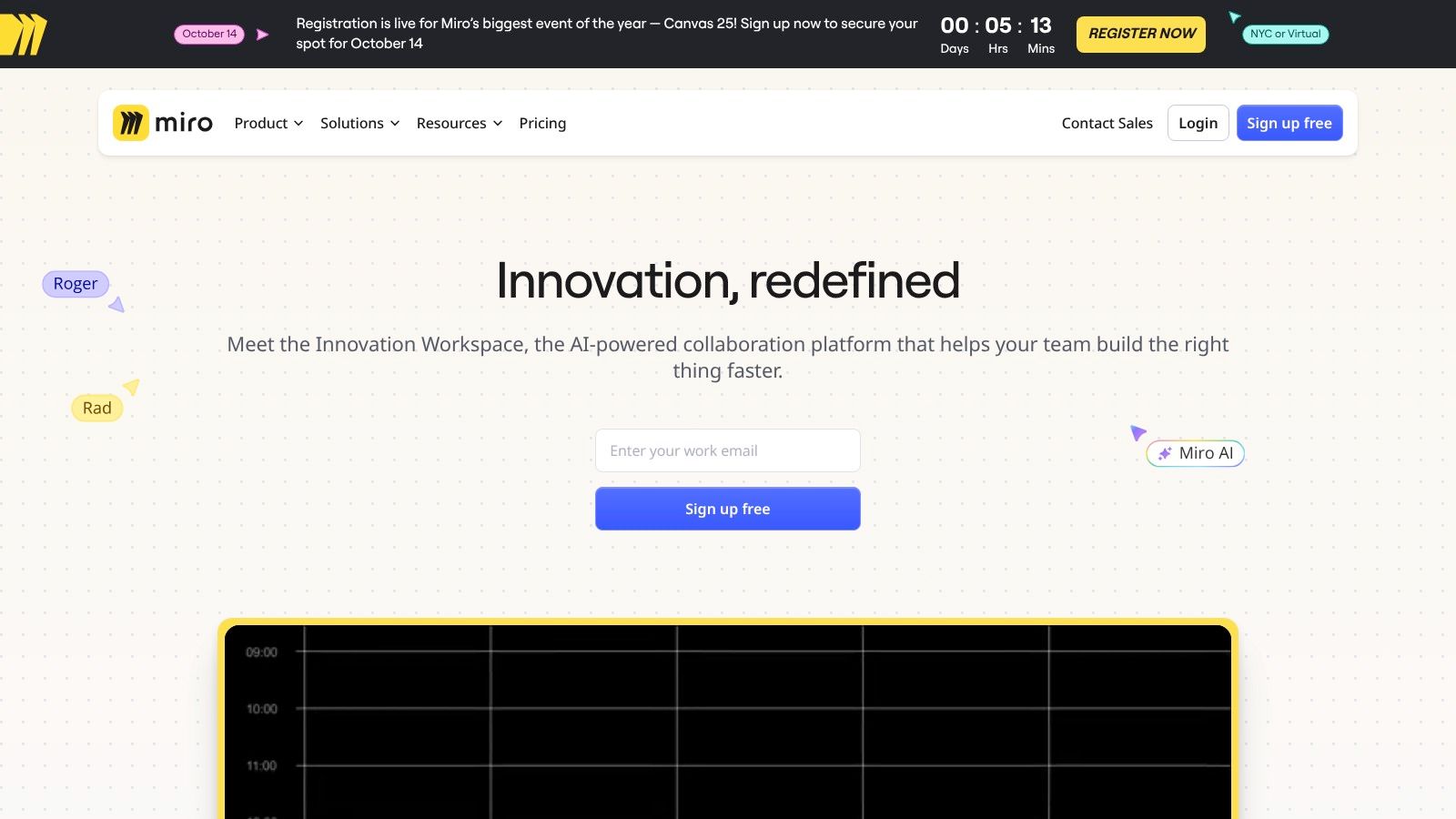
The platform’s real power comes from its enterprise-grade features and deep integrations. With connections to over 160 tools like Jira and Asana, Miro weaves itself into your existing workflow so it doesn't feel like yet another isolated app. For big companies, features like SSO and advanced security provide the peace of mind IT departments crave.
While using it for a simple task can feel like using a sledgehammer to crack a nut, that complexity is exactly why it’s a top pick for large-scale, structured collaboration.
Key Details & Pricing
- Ideal Use Case: Agile planning, product roadmapping, UX research, and large-scale enterprise workshops.
- Standout Features: 5,000+ templates, built-in timer and voting, version history, and a massive integration marketplace.
- Pricing: Offers a free plan with limited boards. Paid plans start at $10 per user/month ($8 if billed annually), with Business and Enterprise tiers adding advanced security and administration features.
- Pros: Highly scalable, robust security controls, powerful facilitation tools.
- Cons: Can be overwhelming for new users; the monthly price is a good bit higher than the annual one.
Website: https://miro.com
3. Mural
Mural carves out its space as a digital-first collaboration tool built specifically for guided teamwork and expert-level facilitation. It shines in creating structured workshops, design sprints, and strategic planning sessions. Where some tools give you a blank canvas and say "good luck," Mural provides a more focused experience, giving facilitators god-like powers to guide participants through specific activities.
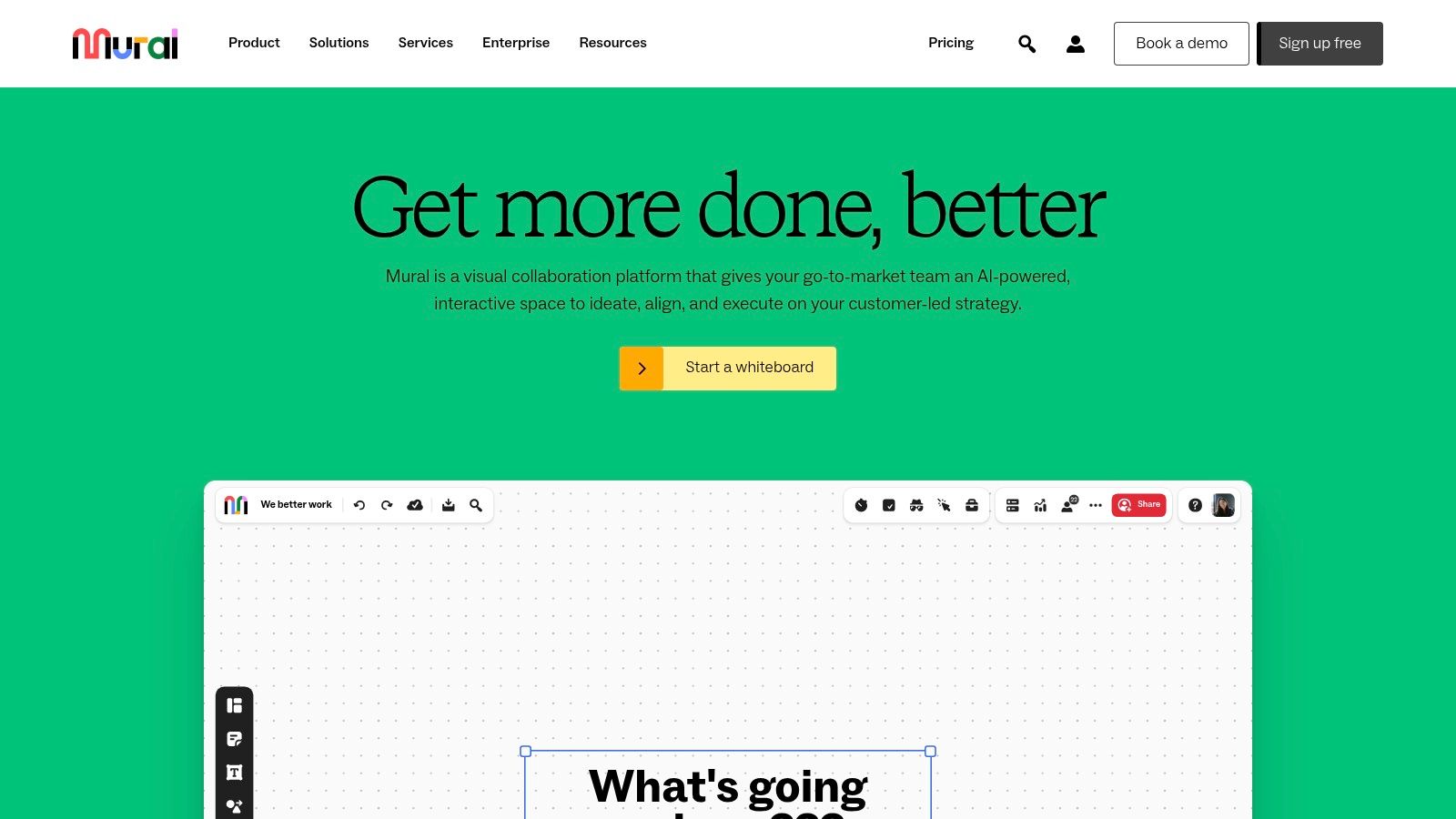
The platform's secret sauce is its integration of proven methodologies, like the LUMA System of design thinking. This turns the whiteboard from a drawing board into a strategic innovation tool. Features like private mode, timers, and advanced facilitator controls make sure workshops run smoothly, making it a favorite among consultants and enterprise teams leading remote sessions.
While its template library isn't as huge as some others, Mural focuses on quality over quantity, offering actionable frameworks for retrospectives, PI planning, and team-building. This makes it one of the top collaborative whiteboard apps for anyone whose job is to herd creative cats.
Key Details & Pricing
- Ideal Use Case: Facilitated workshops, design thinking sessions, agile ceremonies, and team icebreakers.
- Standout Features: Built-in LUMA design-thinking frameworks, advanced facilitator controls (summon, private mode), and unlimited guests on paid plans.
- Pricing: Offers a free plan with 3 murals. Paid plans start at $12 per member/month ($9.99 if billed annually), with Business and Enterprise tiers adding SSO and advanced integrations.
- Pros: Excellent for structured facilitation, strong security features, generous guest access on paid plans.
- Cons: Smaller template library than Miro; some of the best facilitation features are locked behind pricey tiers.
Website: https://www.mural.co
4. FigJam by Figma
Born from the Figma universe, FigJam is a whiteboard built with designers and developers in mind, making it one of the most powerful collaborative whiteboard apps for product teams. Its biggest win is the ridiculously seamless integration with Figma's design tools. Teams can go from a brainstorming doodle to a high-fidelity mockup without ever leaving the platform. It’s a beautiful, uninterrupted flow state.
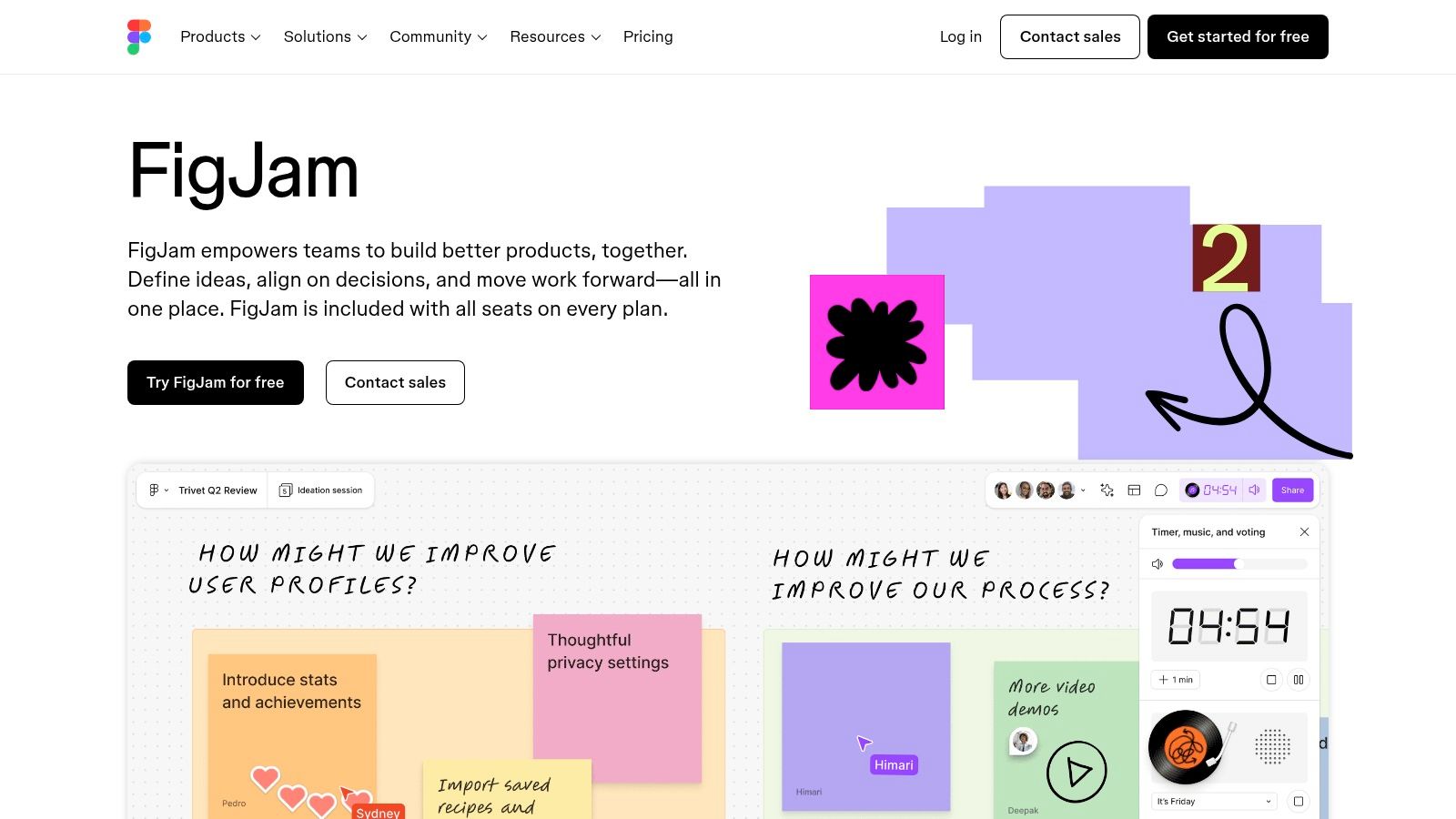
The platform is made for fun, interactive sessions, with shared cursors, stamps, and live reactions that keep remote meetings from feeling like a séance. Widgets and a solid template library cover everything from retrospectives to strategic planning. For teams already drinking the Figma Kool-Aid, FigJam is the essential first step in the design process. If you want to see how tools like this fit into the bigger picture, check out our insights on creating the ultimate digital workspace solution.
While it’s great on its own, it truly shines when you're already part of the Figma family.
Key Details & Pricing
- Ideal Use Case: Brainstorming, user journey mapping, design sprints, and retrospectives for product and engineering teams.
- Standout Features: Native integration with Figma Design/Dev Mode, interactive widgets (e.g., voting, music), presentation tools, and a unified seat model.
- Pricing: A generous free plan is available. Paid plans start with Figma Professional at $15 per seat/month ($12 if billed annually) and unlock both FigJam and Figma. Collaboration-only seats for FigJam start lower.
- Pros: Seamless transition from ideation to design, intuitive user interface, competitive pricing for collaborative seats.
- Cons: Best suited for organizations already using Figma; recent pricing changes can be a bit confusing to set up.
Website: https://www.figma.com/figjam
5. Microsoft Whiteboard
Microsoft Whiteboard leverages its home-field advantage within the Microsoft 365 ecosystem to offer a ridiculously convenient and secure collaboration experience. For companies already living in Microsoft Teams and Office, this tool isn't something new to learn—it's a feature you probably already have. Its main strength is being the path of least resistance for spontaneous brainstorming and meeting notes.
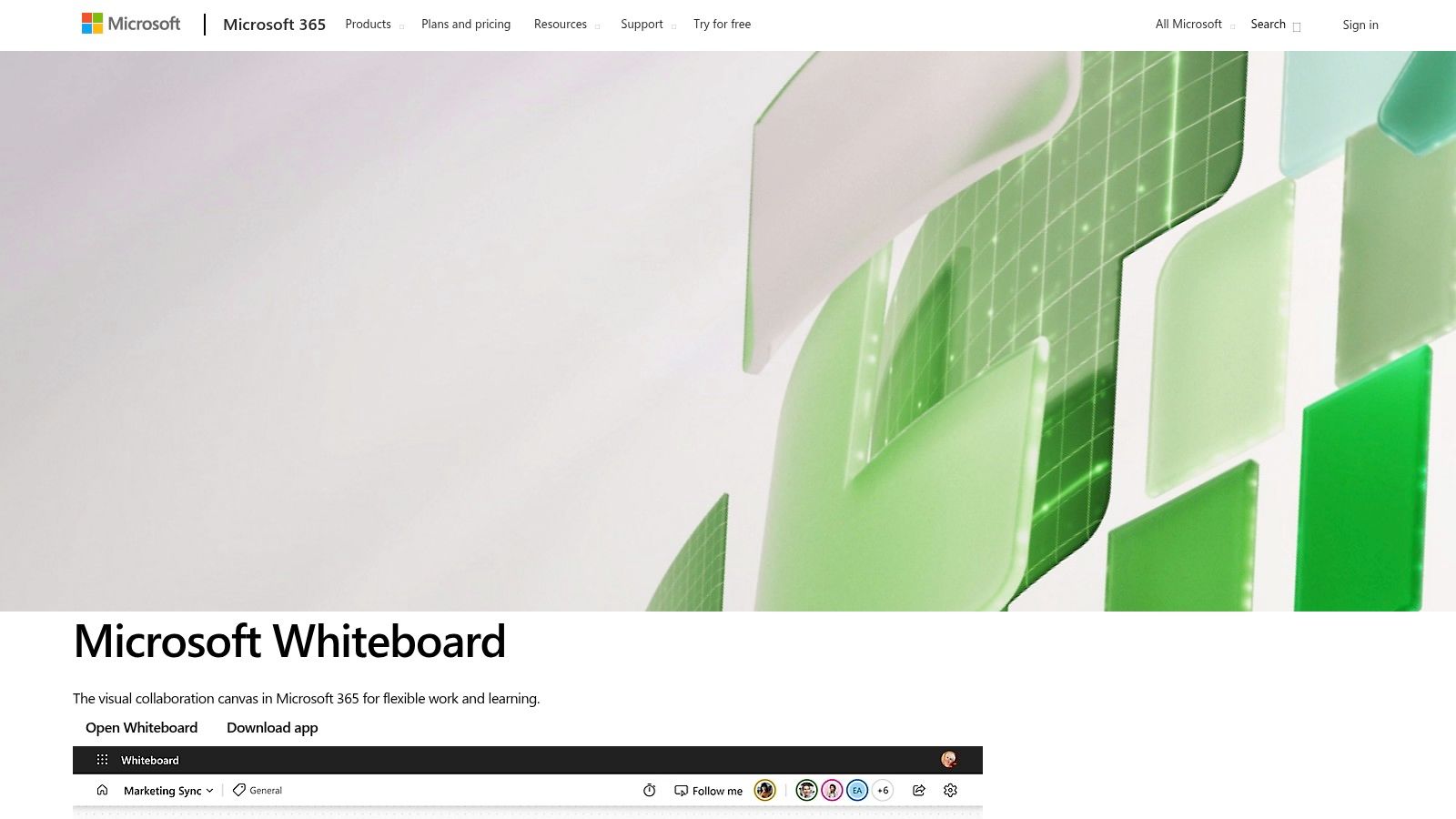
The platform is all about simplicity and integration. Boards are automatically saved to OneDrive for Business, inheriting all your company's security policies without any extra work. While it doesn't have the flashy templates or advanced tools of its competitors, its value is clear: a solid, no-cost addition for M365 users who need a reliable digital whiteboard without adding another subscription to the budget. It’s the "good enough" solution that's often perfect for internal collaboration.
Key Details & Pricing
- Ideal Use Case: Internal team meetings, quick brainstorming sessions, and collaborative notes for users within the Microsoft 365 environment.
- Standout Features: Deep Microsoft Teams integration, templates, inking and sticky notes, and automatic saving to OneDrive for Business.
- Pricing: Free for users with a Microsoft account. Included with most Microsoft 365 business and educational plans at no additional cost.
- Pros: No extra cost for existing Microsoft 365 subscribers; easy to deploy and manage; seamless Teams integration.
- Cons: Basic diagramming and export options; less sophisticated than dedicated collaborative whiteboard apps; limited marketplace content.
Website: https://www.microsoft.com/microsoft-365/microsoft-whiteboard
6. Lucidspark (Lucid)
Lucidspark sets itself apart by being part of the larger Lucid Visual Collaboration Suite. It’s at its best when bridging the gap between wild brainstorming and structured planning, allowing teams to seamlessly push concepts into its sister tool, Lucidchart. This integration makes it one of the most effective collaborative whiteboard apps for workflows that start with a "what if" and end with a polished process map.
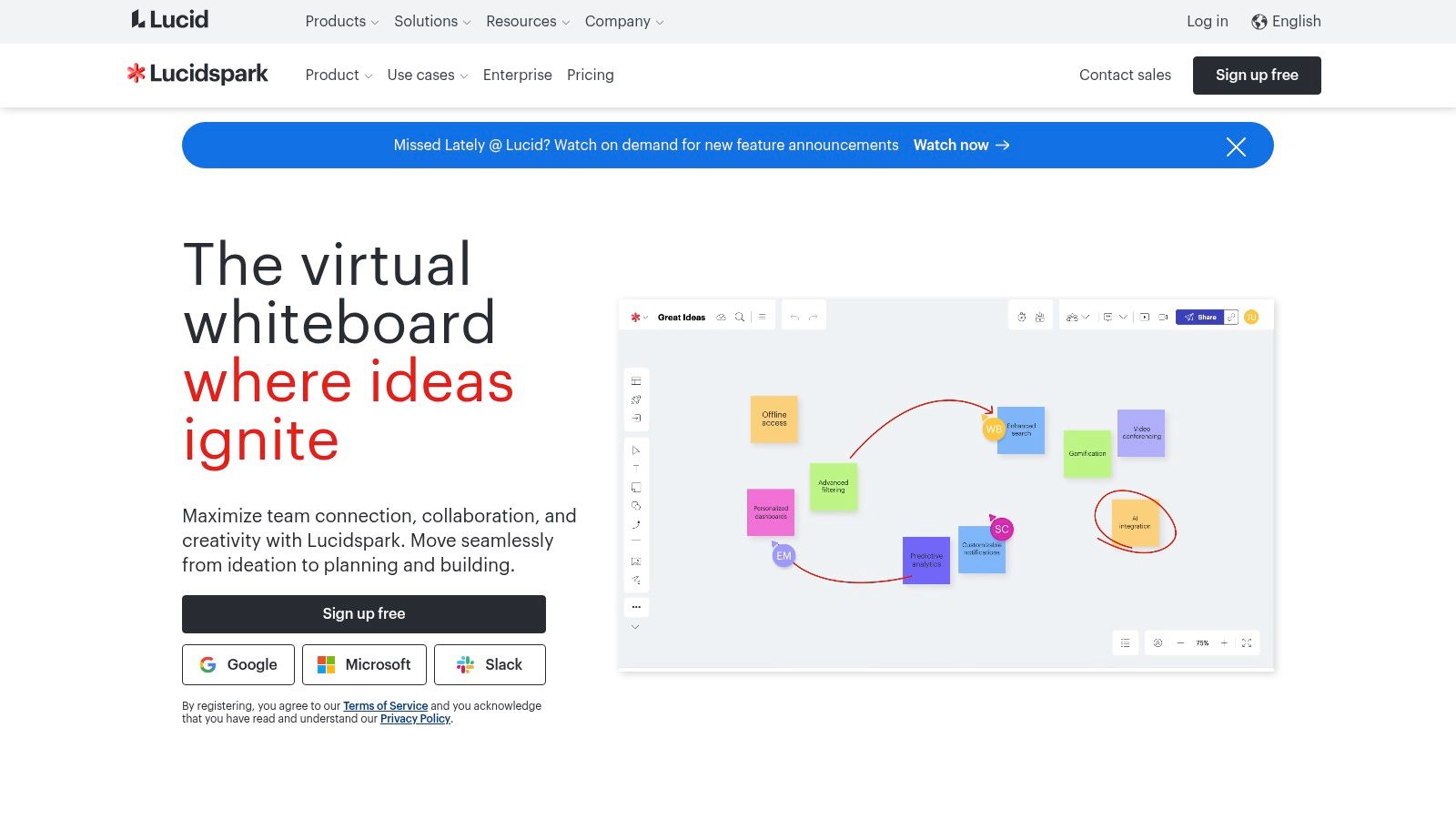
The platform is built for effective facilitation, offering great tools like breakout boards, timers, and voting to keep meetings on track. Its dynamic tables and mind maps add structure to brainstorming, making sure creative energy gets captured and organized instead of lost in digital chaos—a common problem with less structured tools.
While its powers are amplified within the Lucid ecosystem, Lucidspark is still a very capable tool on its own for workshops, agile ceremonies, and educational settings.
Key Details & Pricing
- Ideal Use Case: Agile ceremonies, team brainstorming, workshop facilitation, and transitioning ideas into structured diagrams with Lucidchart.
- Standout Features: Breakout boards, facilitator tools, voting sessions, native Lucidchart integration, and dynamic mind maps.
- Pricing: A free plan is available for basic use. Paid Individual plans start at $9 per user/month ($7.95 billed annually), with Team and Enterprise tiers offering more advanced features and administration.
- Pros: Seamless workflow from ideation to diagramming, strong meeting facilitation controls, intuitive user interface.
- Cons: Pricing can get complicated if you want the full Lucid suite; some of the best features are locked behind higher-tier plans.
Website: https://lucid.co/lucidspark
7. Conceptboard
Conceptboard finds its groove in the collaborative whiteboard apps market by being the security-conscious choice. Hosted in Germany and fully GDPR-compliant, it's perfect for organizations in regulated industries like finance or healthcare, or any team that has to be super careful with data. Its infinite canvas serves as a secure, central hub for project management, brainstorming, and virtual workshops.
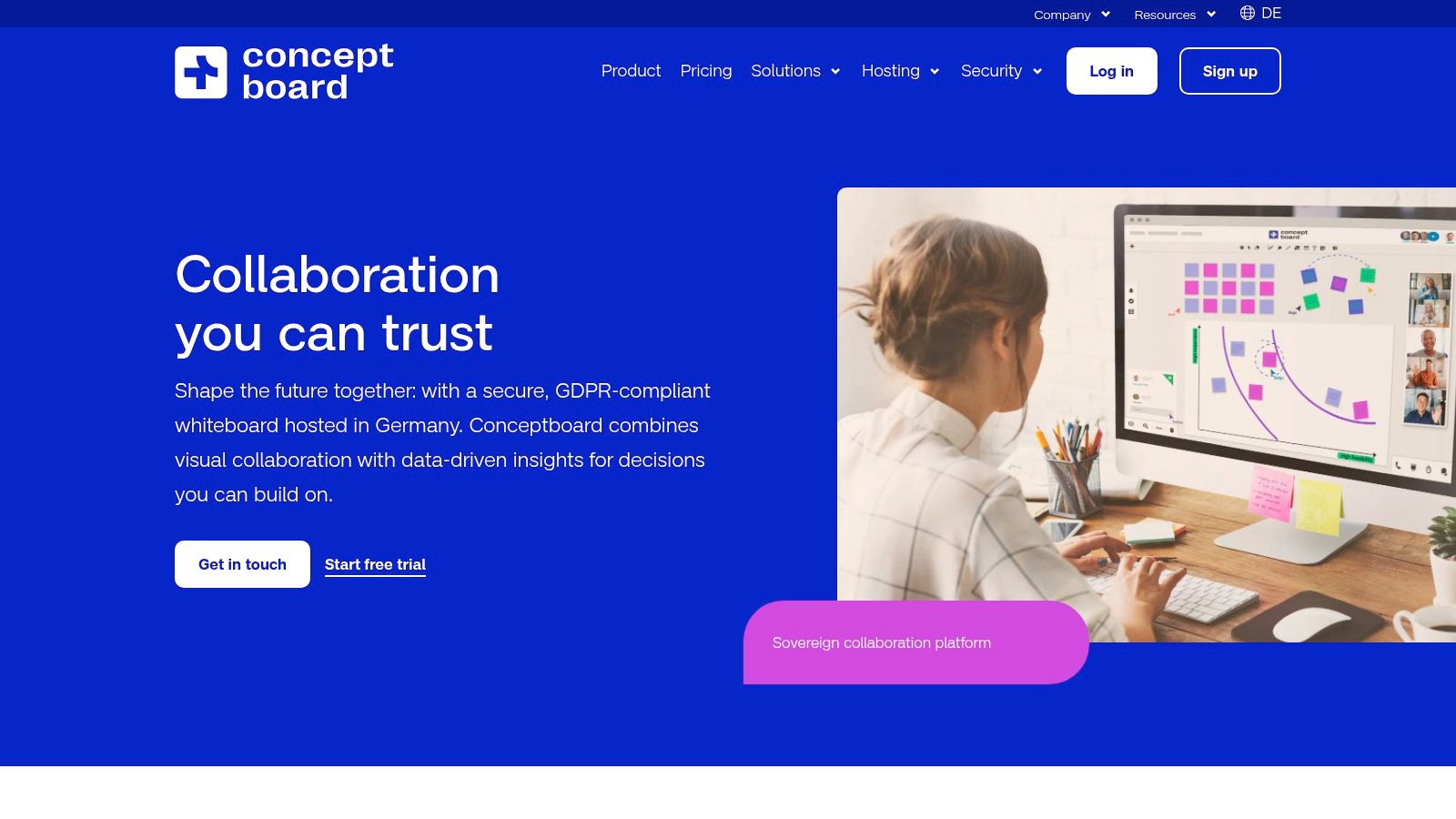
But this focus on security doesn't mean it’s boring. It offers solid collaboration tools, including live cursors, moderator controls, and seamless integrations with enterprise tools like Microsoft Teams and Confluence. For companies that need a powerful whiteboard but can't compromise on data privacy, Conceptboard is a compelling, security-first option.
It proves you don't have to sacrifice powerful features for peace of mind.
Key Details & Pricing
- Ideal Use Case: Secure cross-departmental projects, client-facing workshops in regulated sectors, and public agency planning.
- Standout Features: ISO 27001 certification, GDPR compliance, EU data hosting, project and task management sections, and powerful moderator controls.
- Pricing: Offers a limited free plan. Paid plans start at €7.50 per user/month (€6.00 if billed annually), with Business and Enterprise tiers for advanced security and team management.
- Pros: Strong compliance credentials, tailored for regulated sectors, excellent security features.
- Cons: Pricing is in Euros, which can be a hassle for US buyers; the feature set might feel a bit less flashy than top-tier competitors.
Website: https://conceptboard.com
8. Stormboard
Stormboard is one of the OG collaborative whiteboard apps, specializing in structured brainstorming and, most importantly, turning messy meetings into clean, actionable reports. It stands out with its sticky-note-first approach, which is fantastic for organizing ideas and prioritizing tasks. Its focus on output makes it a powerful tool for teams that need to move from idea to action, fast.
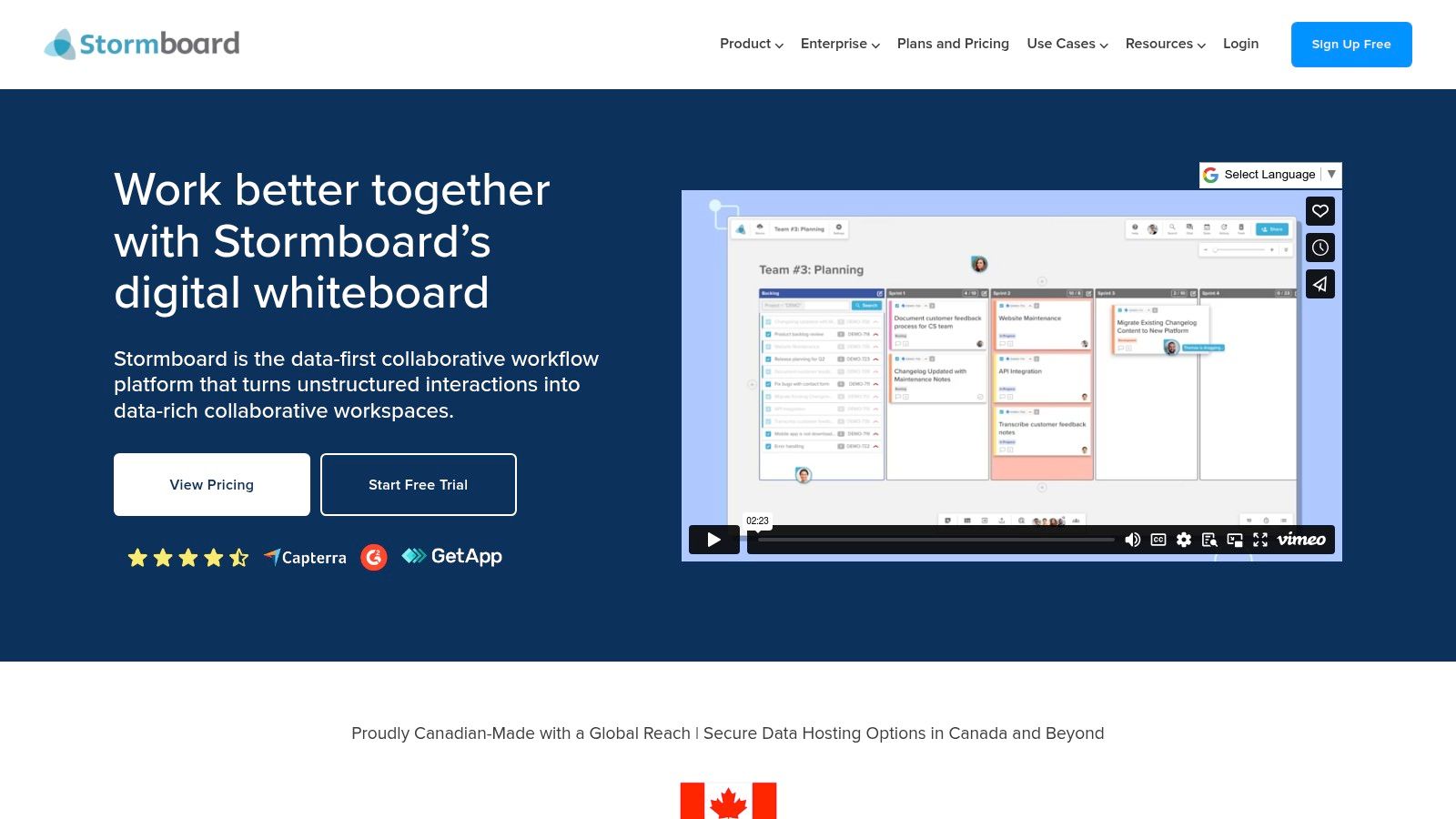
The platform's killer feature is its deep integration with Microsoft 365 and Google Workspace. Instead of just exporting a flat image, Stormboard can instantly create a formatted Word doc, PowerPoint presentation, or Excel spreadsheet from your board. This feature alone saves a ton of boring administrative work after a workshop.
For companies needing tight security, Stormboard offers SOC 2 Type II compliance, making it a safe choice for enterprise use. It's a pragmatic tool built for results, not just pretty pictures.
Key Details & pricing
- Ideal Use Case: Structured brainstorming, retrospectives, project planning, and workshops where formal documentation is a key deliverable.
- Standout Features: Direct exports to Microsoft and Google office suites, facilitation tools like sub-storms and voting, and robust security compliance (SOC 2).
- Pricing: A free plan is available for personal use. Paid plans start at $10 per user/month ($8.33 if billed annually), with Business and Enterprise tiers for larger teams.
- Pros: Strong meeting output exports reduce post-workshop admin time; clear licensing with nonprofit discounts available.
- Cons: Pricing tables can be a bit confusing and region-dependent; trials for paid tiers require a credit card.
Website: https://stormboard.com
9. Limnu
Limnu brings the satisfying, fluid feel of a real marker on a real whiteboard into the digital world. Its biggest strength is its incredibly low-latency drawing engine, which provides a smooth, realistic sketching experience, especially with a stylus. This makes it a fantastic choice for tutoring, one-on-one code reviews, and quick ideation where the natural flow of drawing is everything.
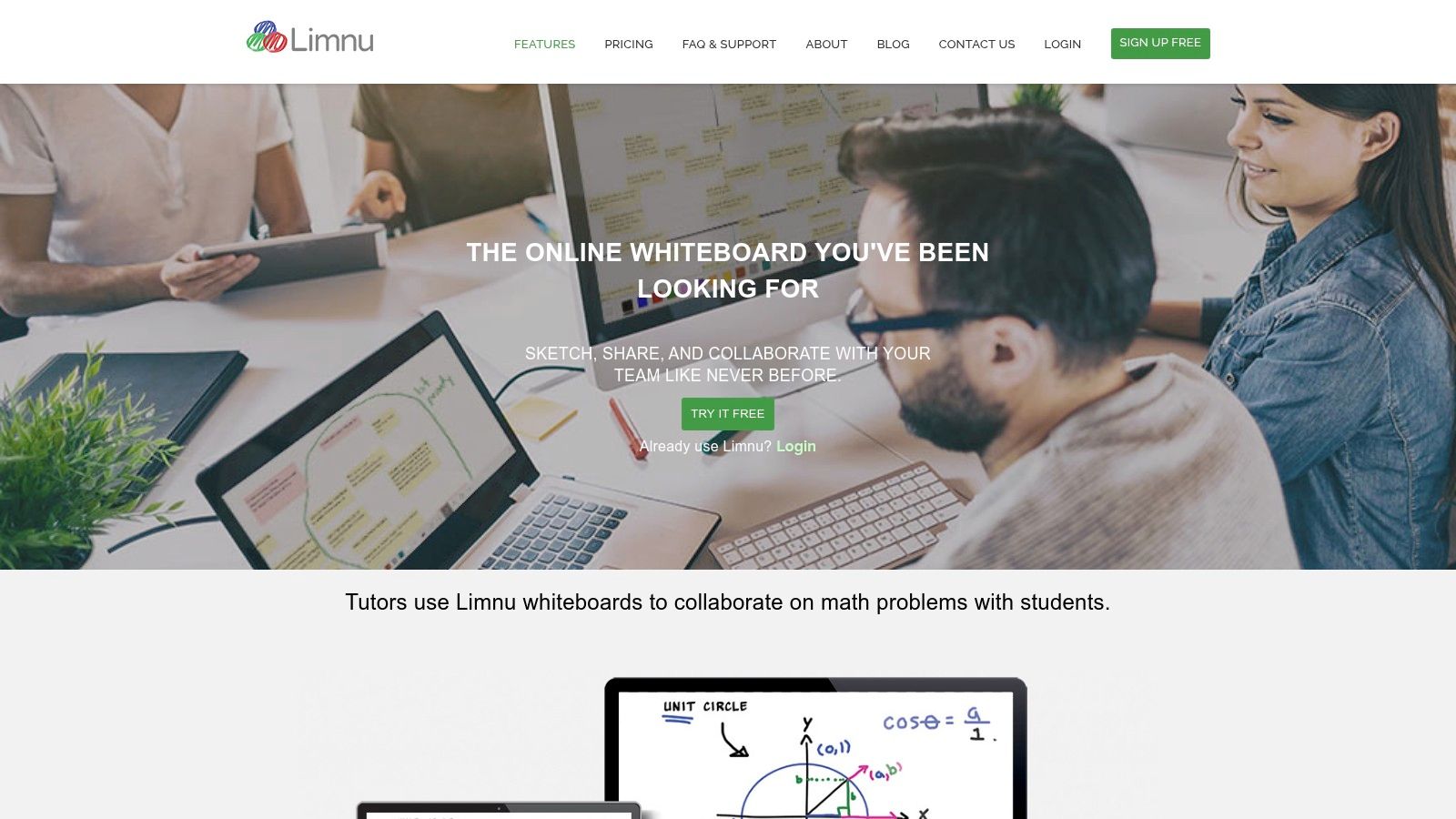
Unlike more complex collaborative whiteboard apps, Limnu puts simplicity and speed first. The minimalist interface gets out of your way, letting ideas flow without getting bogged down in menus. Built-in video chat and simple team controls provide just enough structure for small teams without being overwhelming.
While it lacks the deep integrations and giant template libraries of other platforms, Limnu's charm is its focus. It’s the digital equivalent of grabbing a marker and just starting to draw—perfect for when you need a fast, authentic whiteboarding experience without the feature bloat.
Key Details & Pricing
- Ideal Use Case: Online tutoring, quick design sketching, one-on-one brainstorming, and small team meetings.
- Standout Features: Realistic marker-style drawing, very low latency, built-in video chat, and simple security controls.
- Pricing: A free plan is available for casual use. The Pro plan is $5 per month, and the Team plan is $10 per user/month ($8 if billed annually), offering unlimited boards and collaborators.
- Pros: Incredibly simple and intuitive UI, superior drawing feel, budget-friendly pricing.
- Cons: Limited integrations, minimal template selection, not built for complex, large-scale project management.
Website: https://limnu.com
10. Canva Whiteboards
Canva Whiteboards taps into its already massive design ecosystem to offer a familiar yet powerful collaborative solution. Instead of being a separate tool, it's an integrated feature that lets teams go from brainstorming on an infinite canvas to creating polished marketing assets or social media posts all in one place. This makes it a no-brainer for marketing and creative teams already living in Canva.
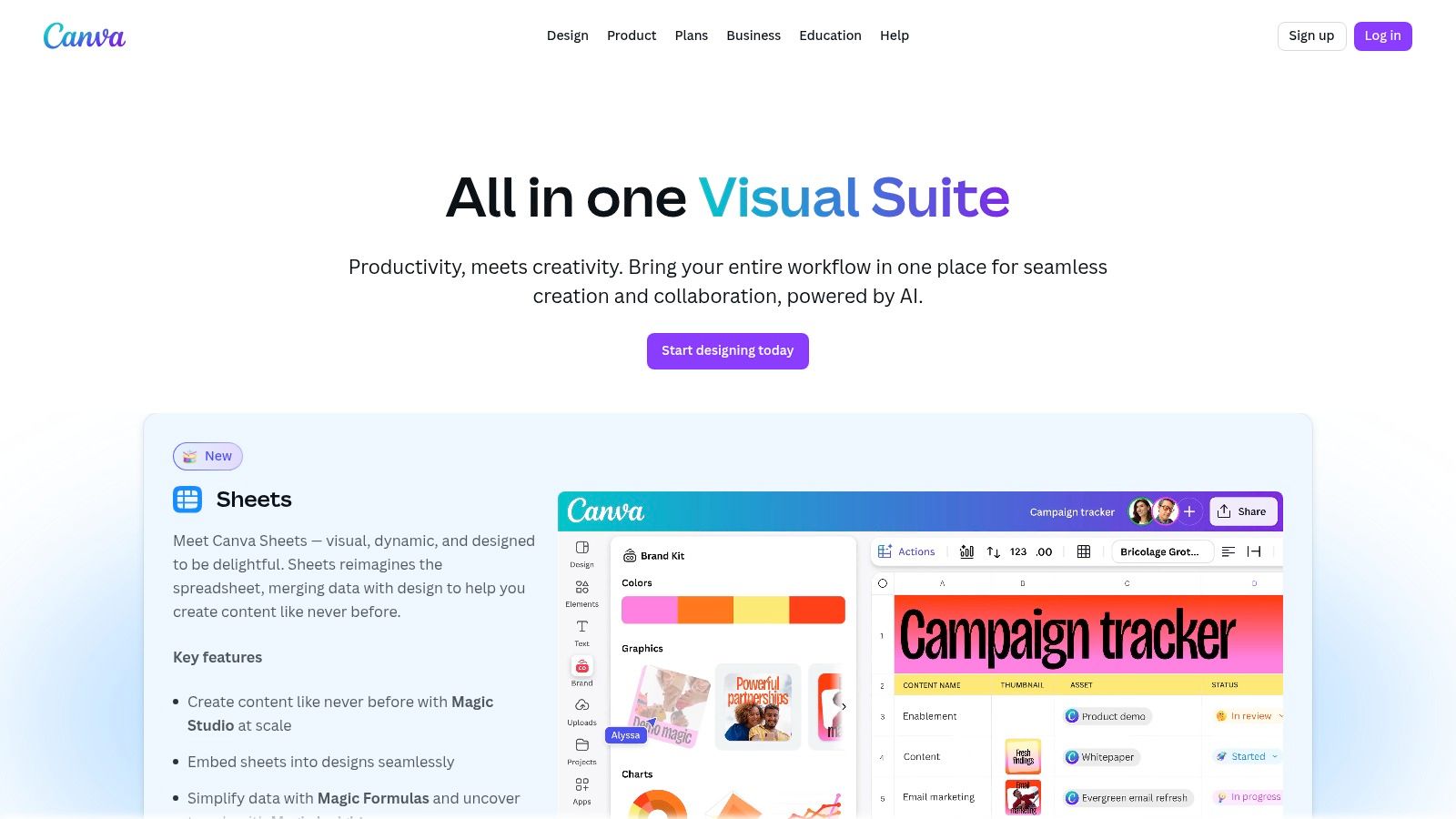
The platform's standout feature is bringing Canva’s easy-to-use interface and gigantic asset library right onto the whiteboard. Teams can pull in brand assets, stock photos, and design elements with zero friction. New AI features, like assisted sticky note sorting and one-click summaries, help turn chaotic brainstorms into organized action plans with impressive speed.
Its strength is the all-in-one convenience, but this also means it lacks some of the hyper-specialized integrations of dedicated apps. However, for visual projects where the next step is creating content, it's one of the most efficient collaborative whiteboard apps out there.
Key Details & Pricing
- Ideal Use Case: Marketing campaign brainstorming, visual mood boarding, and content planning for teams already using Canva.
- Standout Features: Seamless integration with Canva’s design suite, expansive template and asset libraries, AI-powered brainstorming and summarization tools, and real-time collaboration with timers.
- Pricing: Whiteboards are available on the free plan. Canva Pro is $14.99 per user/month, while Canva for Teams starts at $29.99/month for the first 5 people. Note that teams pricing has seen recent increases, so verify current rates.
- Pros: All-in-one content creation and whiteboarding, intuitive interface, rapidly improving AI features.
- Cons: Less-specialized than dedicated whiteboard tools; team pricing can become costly for larger groups.
Website: https://www.canva.com/visual-suite/
11. Zoom Whiteboard
For teams that practically live on Zoom, the Zoom Whiteboard transforms a familiar communication tool into a persistent collaborative space. It's deeply integrated across Zoom Meetings and Team Chat, allowing ideas to flow from a live conversation to a shareable canvas without missing a beat. This makes it a super-efficient choice for companies trying to simplify their tech stack and stop the app-switching madness.
The platform’s core strength is convenience. You can prep a board before a meeting, jam on it live during a breakout session, and keep refining it afterward—all within Zoom. Its feature set is streamlined for core tasks like brainstorming and flowcharts, prioritizing ease of use over the kitchen-sink approach of some dedicated platforms. This makes it one of the easiest collaborative whiteboard apps to adopt.
While it might not replace a dedicated tool for super complex projects, its native integration is a game-changer for daily collaboration and ad-hoc brainstorming.
Key Details & Pricing
- Ideal Use Case: Quick brainstorming during meetings, virtual training sessions, and collaborative note-taking for teams heavily invested in the Zoom ecosystem.
- Standout Features: Persistent boards accessible inside and outside meetings, AI Companion features (on eligible plans), and native integration with Zoom Team Chat.
- Pricing: The free Basic plan includes up to 3 concurrently editable boards. Paid Zoom One plans (starting at Pro for $15.99 per user/month) unlock unlimited boards and advanced features.
- Pros: Seamless experience for existing Zoom users, centralized admin through the Zoom tenant, great for quick breakout ideation.
- Cons: Advanced features require higher-tier Zoom plans; some users report occasional reliability issues during high-usage meetings.
Website: https://www.zoom.com/en/products/online-whiteboard/solutions/
12. Apple Freeform
Apple Freeform slides into the collaborative whiteboard apps scene as a beautifully integrated, native solution for anyone in the Apple ecosystem. Designed for iPhone, iPad, and Mac, it gives you a free, infinite canvas for creative brainstorming and visual thinking. Its superpower is its deep integration with iCloud, Messages, and FaceTime, allowing for effortless real-time collaboration with up to 100 people.
The platform shines with its clean interface and amazing stylus performance, especially with the Apple Pencil. To really unlock its potential, you'll want to understand the optimal experience of Apple Freeform on an iPad. You can easily drop in images, videos, documents, and web links, creating rich mood boards or project hubs that sync instantly across all your devices.
While it lacks the complex integrations of enterprise-focused tools, its simplicity and accessibility make it a fantastic, no-cost option for individuals and teams already rocking Apple hardware.
Key Details & Pricing
- Ideal Use Case: Personal note-taking, quick brainstorming sessions, creative mood boards, and collaborative planning for Apple-centric teams.
- Standout Features: Deep iCloud, Messages, and FaceTime integration; exceptional Apple Pencil support; embeds a wide range of media types; no-cost access.
- Pricing: Completely free and included with recent versions of iOS, iPadOS, and macOS.
- Pros: Seamless cross-device syncing, excellent drawing and writing experience, no additional cost for Apple users.
- Cons: You're locked into the Apple ecosystem; lacks advanced features like templates or third-party app integrations.
Website: https://www.apple.com/freeform
Collaborative Whiteboard Apps Feature Comparison
| Product | Core Features / Functionality | User Experience / Quality ★ | Value Proposition 💰 | Target Audience 👥 | Unique Selling Points ✨ |
|---|---|---|---|---|---|
| 🏆 Zemith Online Whiteboard | Integrated AI workspace, real-time Live Mode | ★★★★☆ Seamless & AI-powered | ★★★★★ Completely Free, all-in-one 💰 | 👥 Teams & creatives wanting unified productivity | ✨ Live AI collaboration, full AI ecosystem |
| Miro | Infinite canvas, 5,000+ templates, 160+ integrations | ★★★★☆ Enterprise-grade, robust | ★★★☆☆ Higher cost, annual plans 💰 | 👥 Enterprises & agile teams | ✨ Extensive template & integration marketplace |
| Mural | Workshop frameworks, real-time collab | ★★★★☆ Workshop-focused | ★★★☆☆ Tiered pricing | 👥 Facilitators & designers | ✨ LUMA design-thinking templates |
| FigJam by Figma | Figma integration, templates, shared cursors | ★★★★☆ Design-focused smooth UX | ★★★☆☆ Best for existing Figma users 💰 | 👥 Designers, product teams | ✨ Seamless design-to-whiteboard workflow |
| Microsoft Whiteboard | MS365 integration, sticky notes, templates | ★★★☆☆ Familiar UI, simple | ★★★★★ Free for MS365 users 💰 | 👥 Microsoft 365 users & SMBs | ✨ Deep Teams & OneDrive integration |
| Lucidspark (Lucid) | Facilitation tools, Google/MS/Slack integrations | ★★★★☆ Agile & workshop-focused | ★★★☆☆ Pricing varies, sales contact | 👥 Educators & enterprises | ✨ Breakout boards & dynamic mind maps |
| Conceptboard | GDPR-compliant, EU hosting, mod mode | ★★★☆☆ Strong compliance & security | ★★★☆☆ Euro pricing; ideal EU clients | 👥 Regulated sectors & public agencies | ✨ GDPR + ISO 27001 certification |
| Stormboard | Export to Office/Google, facilitation tools | ★★★☆☆ Focus on meeting outputs | ★★★☆☆ Clear licensing; nonprofit discounts | 👥 Workshop leaders & nonprofits | ✨ Wide export formats support |
| Limnu | Fast, low-latency, marker-feel drawing | ★★★☆☆ Simple UI, ideal for stylus | ★★★★☆ Budget-friendly for small teams 💰 | 👥 Tutors, small teams | ✨ Video chat built-in, minimal UI |
| Canva Whiteboards | AI-assisted sticky notes, templates, infinite canvas | ★★★☆☆ Growing AI features | ★★★☆☆ Pricing rises for teams | 👥 Visual teams & marketers | ✨ Combines whiteboarding with content creation |
| Zoom Whiteboard | Zoom meetings integration, editable boards | ★★★☆☆ Good for quick ideation | ★★★☆☆ Requires Zoom paid plans | 👥 Zoom users & remote teams | ✨ AI Companion & centralized admin |
| Apple Freeform | Infinite canvas, Apple Pencil, real-time collab | ★★★★☆ Excellent stylus experience | ★★★★★ Free with Apple devices | 👥 Apple ecosystem users | ✨ Deep Apple ecosystem integration |
So, Which Whiteboard Will You Choose for Your Masterpiece?
We've explored a dozen of the best collaborative whiteboard apps, from enterprise powerhouses like Miro to seamlessly integrated options like Microsoft Whiteboard. One thing is clear: the right tool can turn a chaotic mess of ideas into structured brilliance.
The decision isn't about finding the single "best" app. It’s about finding the best fit for your team's unique workflow. This is a strategic choice, so let's move beyond a simple feature list and think about what really matters.
Making the Strategic Choice
To make the right call, focus on these three things:
- Integration vs. Specialization: Do you need a dedicated, hyper-specialized tool, or would your team be better off with a whiteboard that’s part of a larger productivity suite? For design-heavy teams, FigJam is a dream. But if your goal is to reduce app-switching and streamline your entire workflow, an all-in-one platform is the smarter, more actionable choice.
- Workflow Cohesion: What happens to your ideas after the meeting? The biggest bottleneck for most teams is the painful process of moving concepts from the whiteboard to the project plan. A standalone tool forces you to export, transfer, and translate ideas, losing valuable context along the way.
- Cost and Complexity: Think about the total cost, which includes subscription fees, training time, and the "mental tax" of managing yet another app. Sometimes, the simplest tool that everyone actually uses is way more valuable than the one with a million features nobody touches.
From Scattered Ideas to Unified Action
Ultimately, the goal of a collaborative whiteboard app is to be a catalyst for action, not just a pretty gallery for ideas. The most powerful choice is the one that destroys the barriers between brainstorming, planning, and getting stuff done. This is where platforms like Zemith shine, by embedding a collaborative whiteboard directly within an AI-powered workspace. This unified approach means your brainstorm lives right next to your research, your documents, and your project plans.
This isn't just about convenience; it's about creating a seamless, interconnected workflow where an idea sketched on a whiteboard can instantly become part of a project brief and be assigned as a task, all in the same place. This prevents the dreaded "idea graveyard," where great concepts go to die after the meeting ends.
So, as you weigh your options, don't just ask, "What can this whiteboard do?" Ask, "What can this whiteboard help my team achieve?" The answer will lead you to the canvas where your next breakthrough awaits.
Ready to stop juggling tabs and start unifying your workflow? Discover how an integrated whiteboard within a comprehensive AI workspace can transform your team's productivity. Try the all-in-one solution from Zemith and see how seamless the journey from idea to execution can be. Get started for free on Zemith.
Explore Zemith Features
Introducing Zemith
The best tools in one place, so you can quickly leverage the best tools for your needs.
All in One AI Platform
Go beyond AI Chat, with Search, Notes, Image Generation, and more.
Cost Savings
Access latest AI models and tools at a fraction of the cost.
Get Sh*t Done
Speed up your work with productivity, work and creative assistants.
Constant Updates
Receive constant updates with new features and improvements to enhance your experience.
Features
Selection of Leading AI Models
Access multiple advanced AI models in one place - featuring Gemini-2.5 Pro, Claude 4.5 Sonnet, GPT 5, and more to tackle any tasks
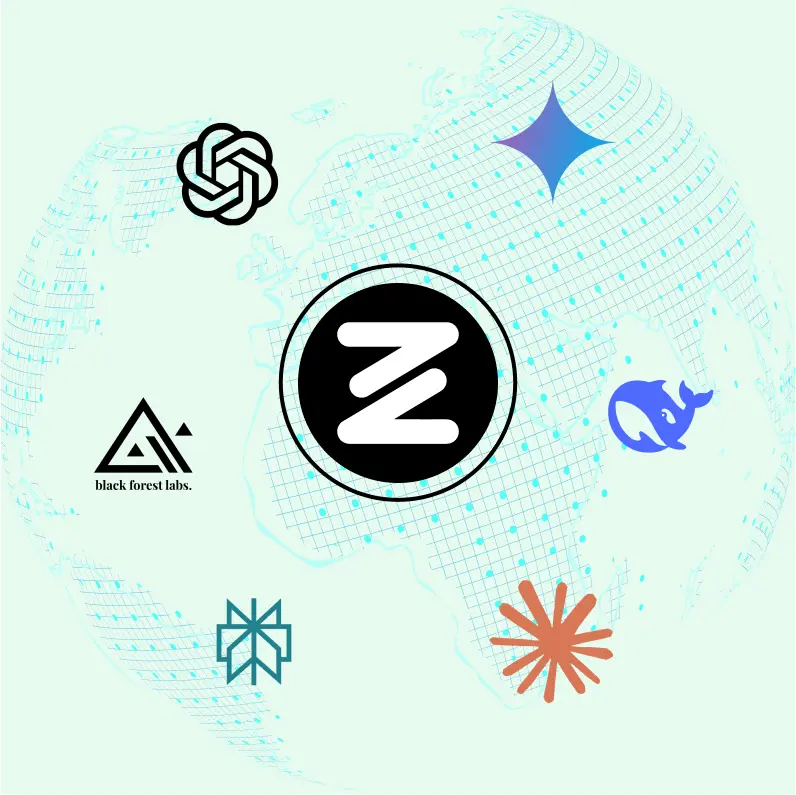
Speed run your documents
Upload documents to your Zemith library and transform them with AI-powered chat, podcast generation, summaries, and more
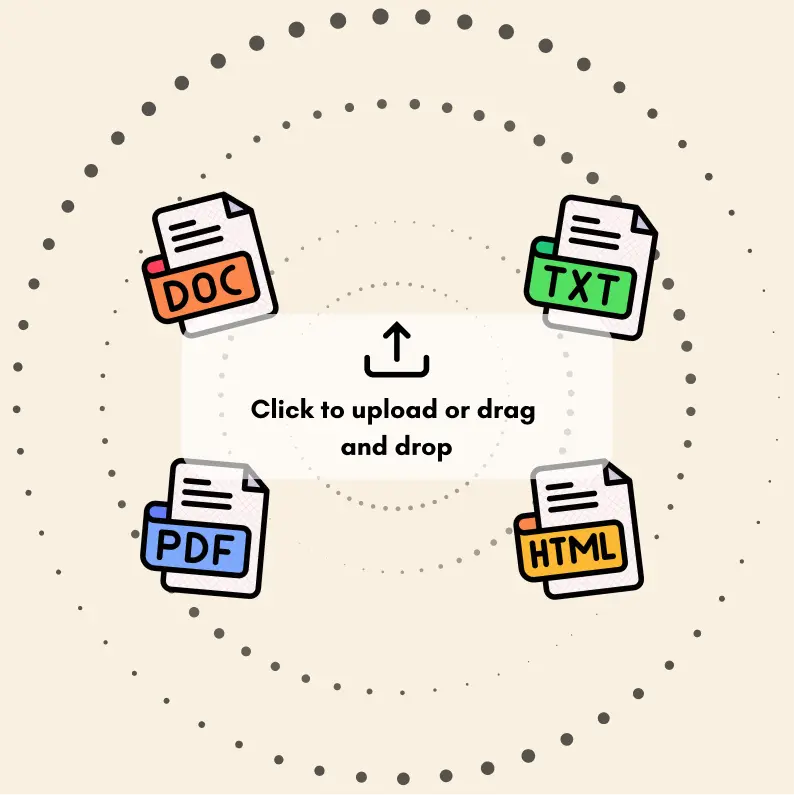
Transform Your Writing Process
Elevate your notes and documents with AI-powered assistance that helps you write faster, better, and with less effort
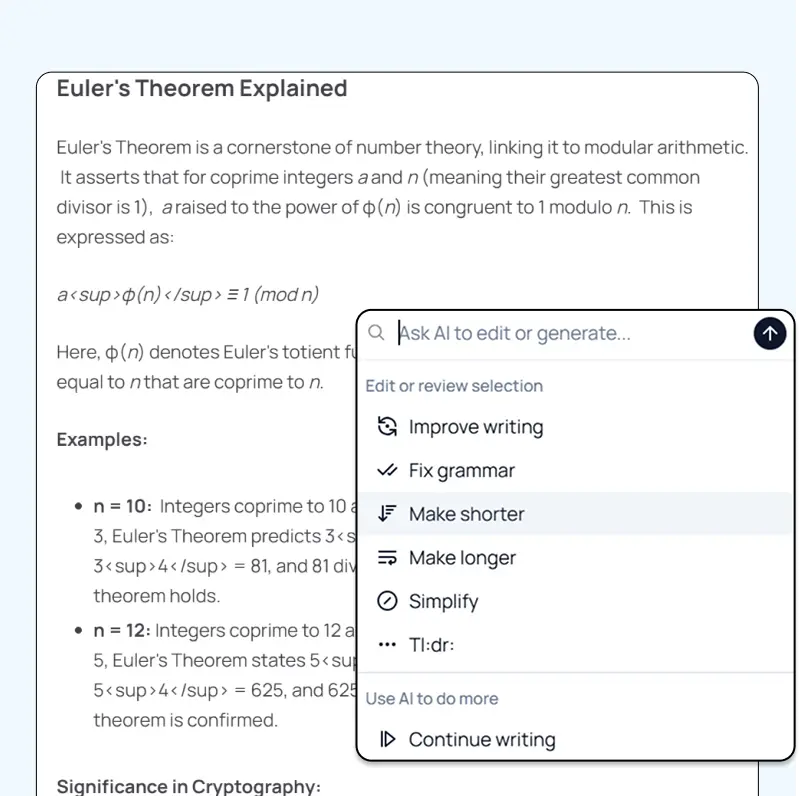
Unleash Your Visual Creativity
Transform ideas into stunning visuals with powerful AI image generation and editing tools that bring your creative vision to life
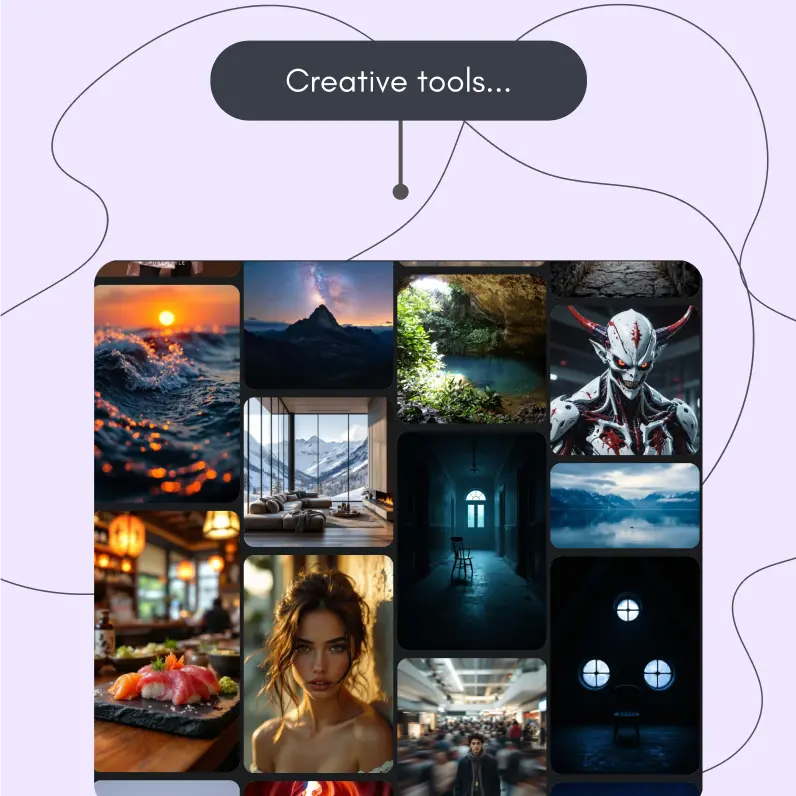
Accelerate Your Development Workflow
Boost productivity with an AI coding companion that helps you write, debug, and optimize code across multiple programming languages
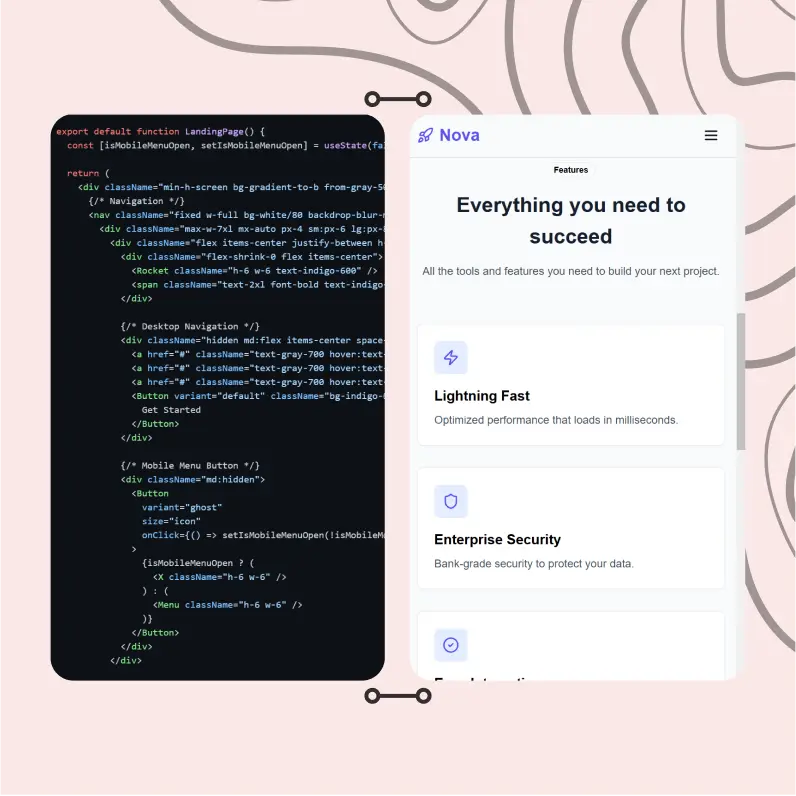
Powerful Tools for Everyday Excellence
Streamline your workflow with our collection of specialized AI tools designed to solve common challenges and boost your productivity
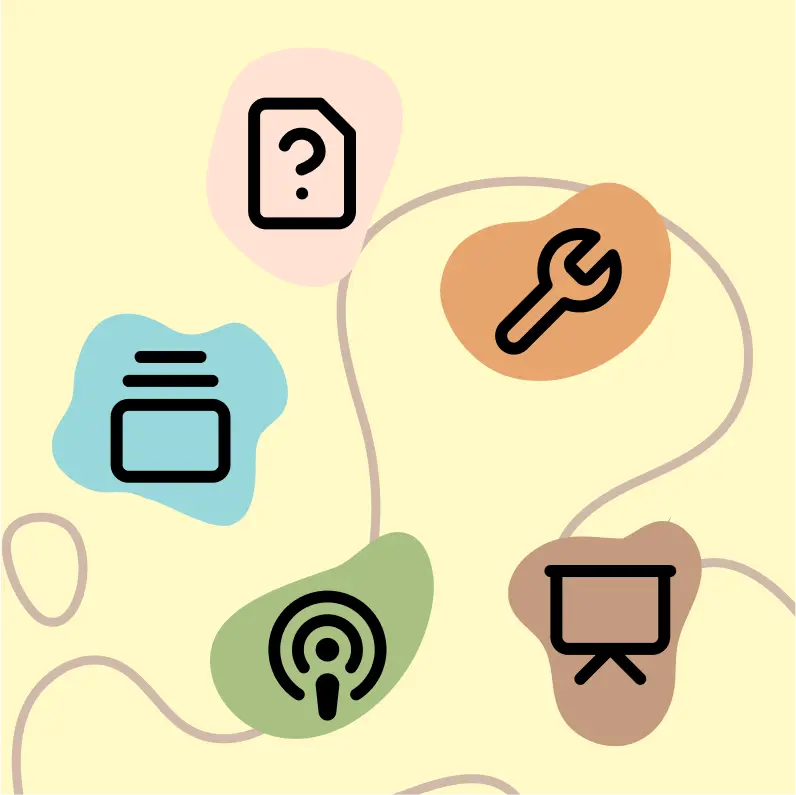
Live Mode for Real Time Conversations
Speak naturally, share your screen and chat in realtime with AI
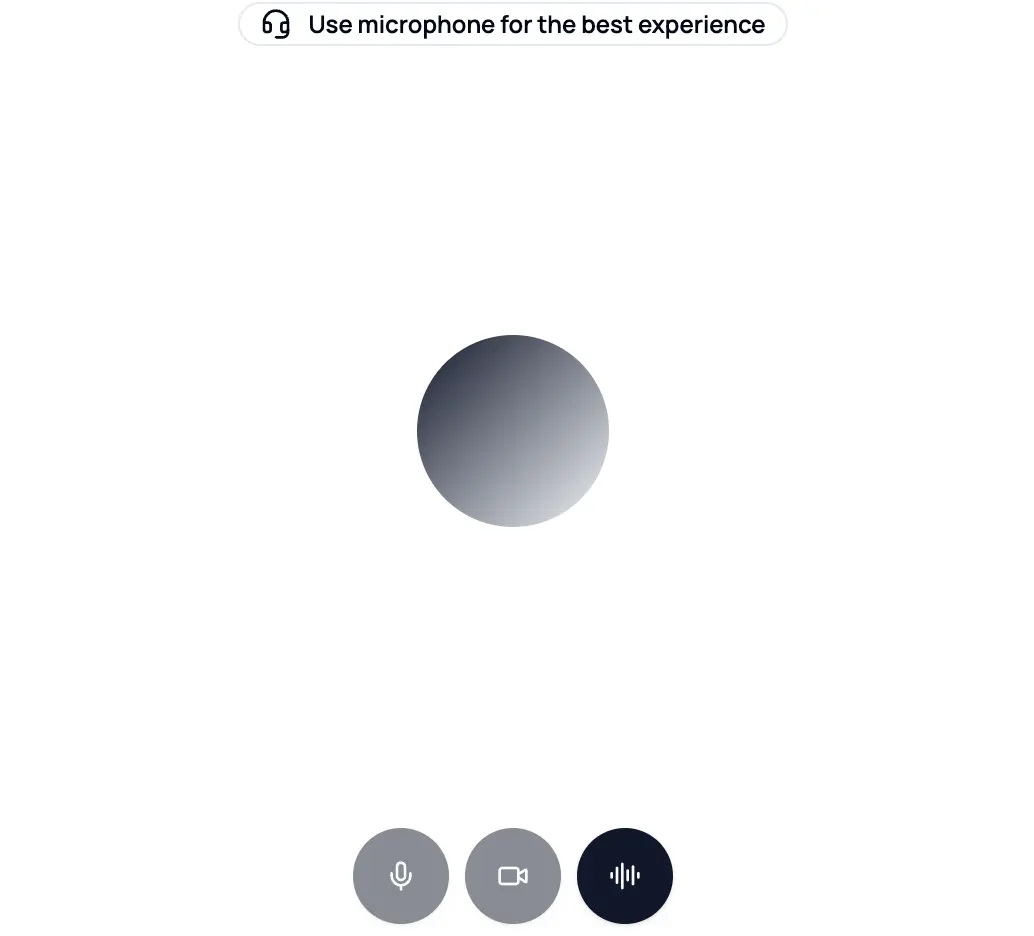
AI in your pocket
Experience the full power of Zemith AI platform wherever you go. Chat with AI, generate content, and boost your productivity from your mobile device.

Deeply Integrated with Top AI Models
Beyond basic AI chat - deeply integrated tools and productivity-focused OS for maximum efficiency
Straightforward, affordable pricing
Save hours of work and research
Affordable plan for power users
Plus
- 10000 Credits Monthly
- Access to plus features
- Access to Plus Models
- Access to tools such as web search, canvas usage, deep research tool
- Access to Creative Features
- Access to Documents Library Features
- Upload up to 50 sources per library folder
- Access to Custom System Prompt
- Access to FocusOS up to 15 tabs
- Unlimited model usage for Gemini 2.5 Flash Lite
- Set Default Model
- Access to Max Mode
- Access to Document to Podcast
- Access to Document to Quiz Generator
- Access to on demand credits
- Access to latest features
Professional
- Everything in Plus, and:
- 21000 Credits Monthly
- Access to Pro Models
- Access to Pro Features
- Access to Video Generation
- Unlimited model usage for GPT 5 Mini
- Access to code interpreter agent
- Access to auto tools
- 10000 Credits Monthly
- Access to plus features
- Access to Plus Models
- Access to tools such as web search, canvas usage, deep research tool
- Access to Creative Features
- Access to Documents Library Features
- Upload up to 50 sources per library folder
- Access to Custom System Prompt
- Access to FocusOS up to 15 tabs
- Unlimited model usage for Gemini 2.5 Flash Lite
- Set Default Model
- Access to Max Mode
- Access to Document to Podcast
- Access to Document to Quiz Generator
- Access to on demand credits
- Access to latest features
- Everything in Plus, and:
- 21000 Credits Monthly
- Access to Pro Models
- Access to Pro Features
- Access to Video Generation
- Unlimited model usage for GPT 5 Mini
- Access to code interpreter agent
- Access to auto tools
What Our Users Say
Great Tool after 2 months usage
simplyzubair
I love the way multiple tools they integrated in one platform. So far it is going in right dorection adding more tools.
Best in Kind!
barefootmedicine
This is another game-change. have used software that kind of offers similar features, but the quality of the data I'm getting back and the sheer speed of the responses is outstanding. I use this app ...
simply awesome
MarianZ
I just tried it - didnt wanna stay with it, because there is so much like that out there. But it convinced me, because: - the discord-channel is very response and fast - the number of models are quite...
A Surprisingly Comprehensive and Engaging Experience
bruno.battocletti
Zemith is not just another app; it's a surprisingly comprehensive platform that feels like a toolbox filled with unexpected delights. From the moment you launch it, you're greeted with a clean and int...
Great for Document Analysis
yerch82
Just works. Simple to use and great for working with documents and make summaries. Money well spend in my opinion.
Great AI site with lots of features and accessible llm's
sumore
what I find most useful in this site is the organization of the features. it's better that all the other site I have so far and even better than chatgpt themselves.
Excellent Tool
AlphaLeaf
Zemith claims to be an all-in-one platform, and after using it, I can confirm that it lives up to that claim. It not only has all the necessary functions, but the UI is also well-designed and very eas...
A well-rounded platform with solid LLMs, extra functionality
SlothMachine
Hey team Zemith! First off: I don't often write these reviews. I should do better, especially with tools that really put their heart and soul into their platform.
This is the best tool I've ever used. Updates are made almost daily, and the feedback process is very fast.
reu0691
This is the best AI tool I've used so far. Updates are made almost daily, and the feedback process is incredibly fast. Just looking at the changelogs, you can see how consistently the developers have ...
